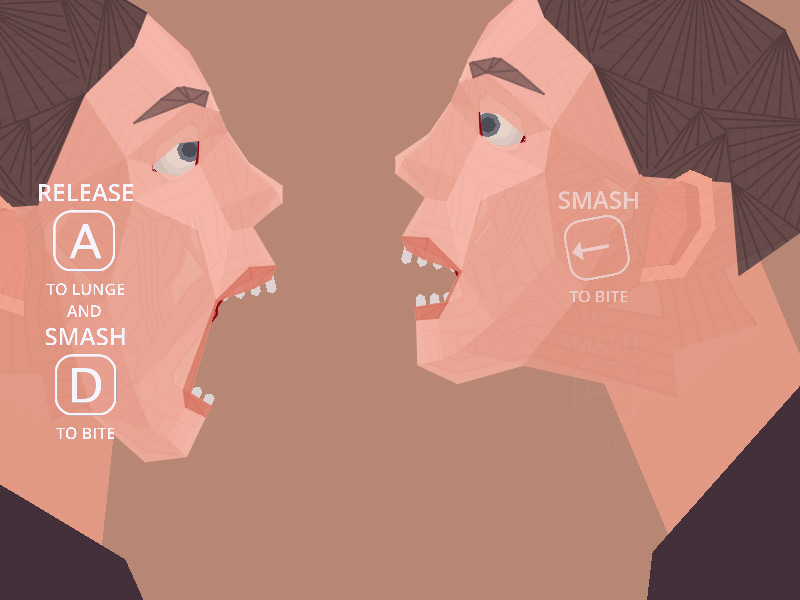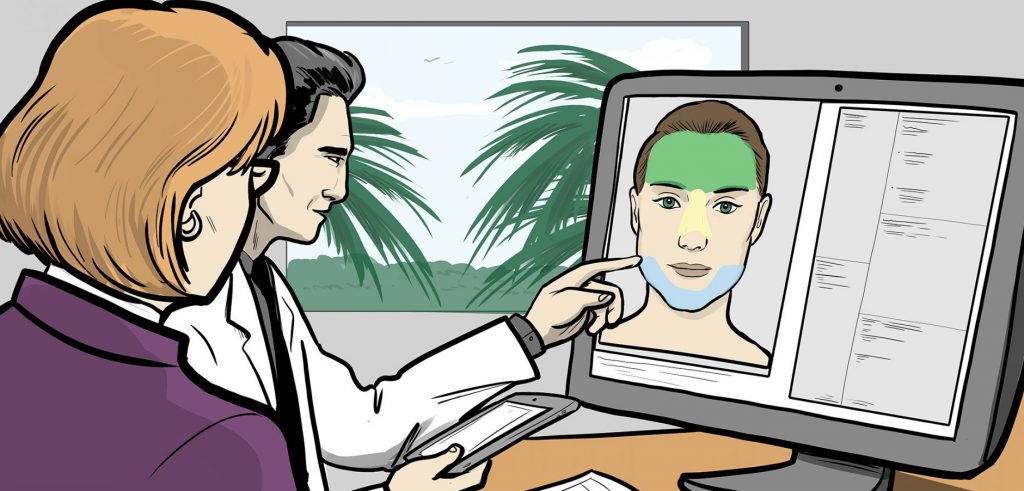
Students’ self-assessment of competencies in the phantom course of operative dentistry. Exploration of constructive feedback practices in dental education chairside teaching: A case study. The authors declare no conflict of interest. However, in the students’ responses, the weak correlation between the domains and the study of the resources indicates a tendency to not value well the prior technological preparation, which accuses a waste of the resources created and the probable increase of knowledge/learning of the simulators at the expense of the interaction with it, the day of the practice. In our research, we took into account the reduction of time and content to facilitate the assimilation and viewing of videos, given the numerous pieces of evidence that speak about it. Although in their studies they do not compare the initiative with others, their results show a 79.7% viewing of short videos (between 5–10 min) and a visualization close to the figures of our study for the longer videos (between 45 min–1 h).

This is due to its ability to focus on specific elements that are easy to assimilate. comment that the use of infographic and audiovisual resources has a great impact on active learning and student performance. In conclusion, both students and teachers considered that the best strategy of knowledge/learning was the direct exchange with the simulator.īordes et al.
#Make a face simulator manual
This tendency resulted in a low level of study of both the written manual and the video tutorial. There was a tendency for students not to value much the necessity of a specific preparation prior to using the simulator.
#Make a face simulator simulator
Both students and teachers considered that the technical domain (make the simulator work) was the domain that prevailed the most.

Spearman’s Rho coefficient and Kolmogorov-Smirnov test were performed. The aim was to assess the student’s perception of knowledge/learning, its statistical relationship with the didactic resources used and compare these results with the teachers’ perception of their students’ knowledge/learning. After 5 years of using these resources, an evaluative study was conducted with 175 students and 32 teachers. Two resources of complementary use (informative written manual and video tutorial) were designed to facilitate the theoretical and technical domain (know how the simulator works and make it work), as well as the advanced management of the simulator (operate the simulator autonomously, without setbacks). Haptic and 3D simulators reproduce pathologies and provide a greater magnification of the processes, reducing water expenditure and pollution, but their curricular integration is complex. Dental training faces the growing shortage of extracted teeth and the ethical precepts of Bionot learning on patients and reducing the environmental damage that preclinical trainings generate.


 0 kommentar(er)
0 kommentar(er)
